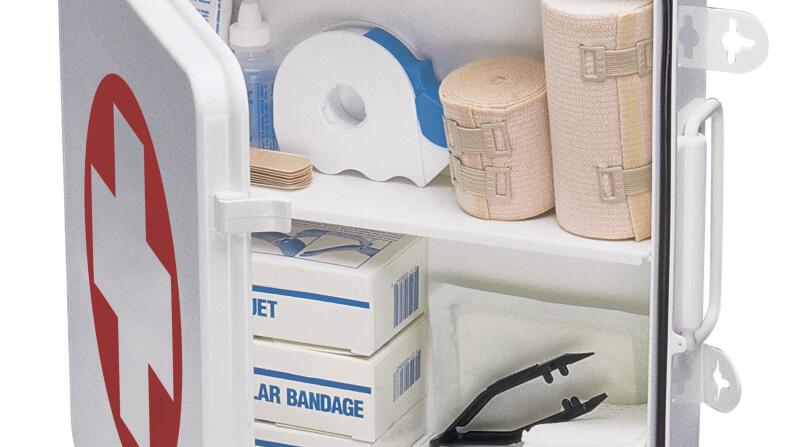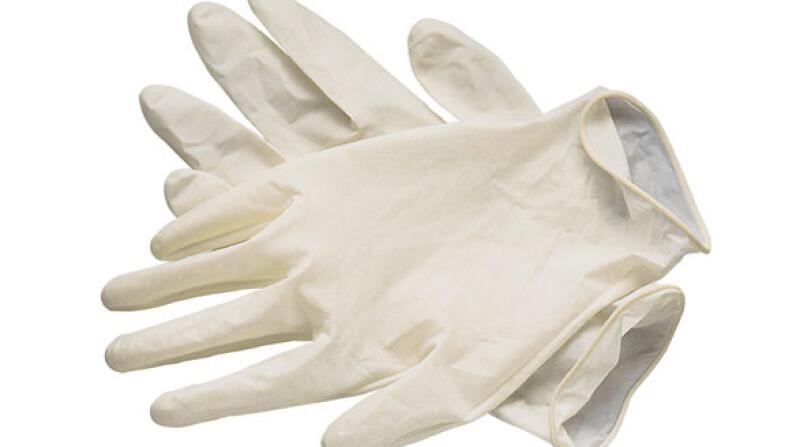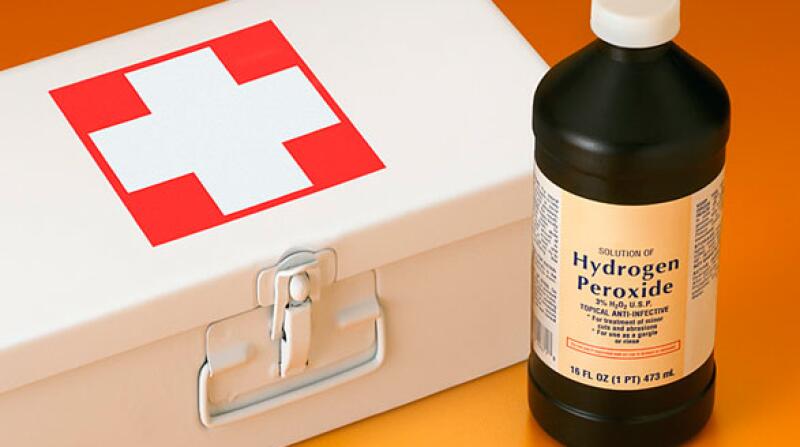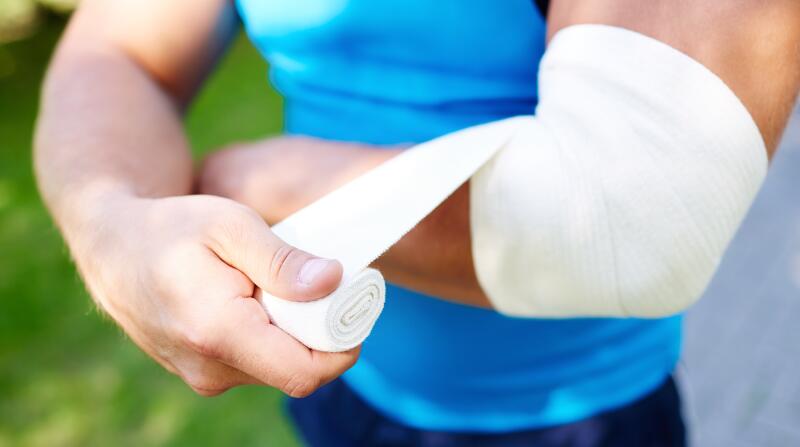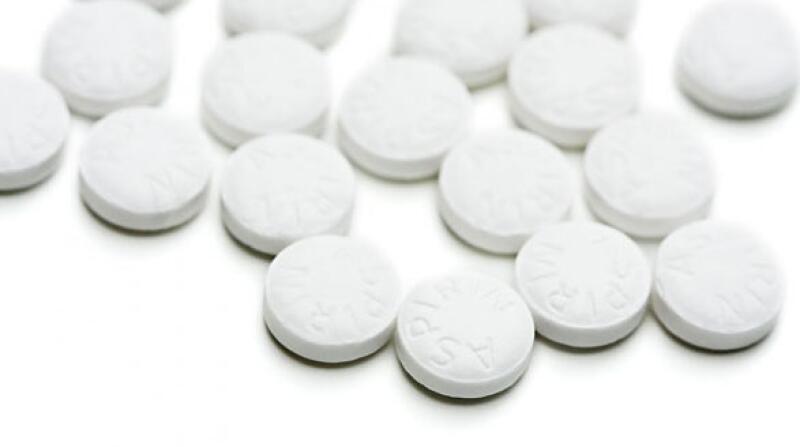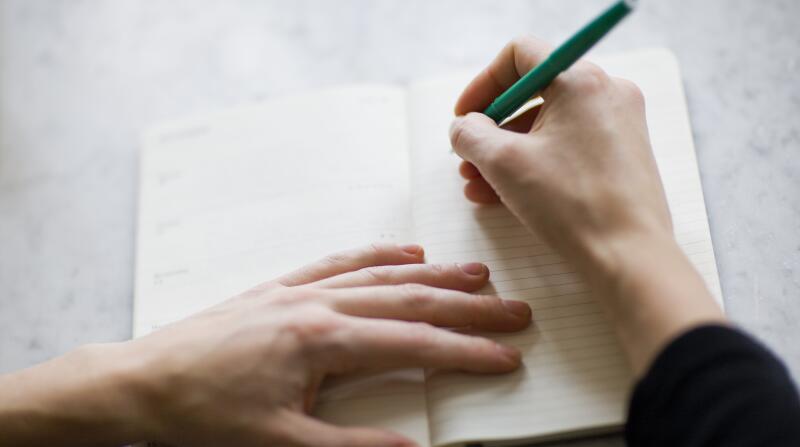16 Things You Should Have In Your First Aid Kit

Medically Reviewed By William C. Lloyd III, MD, FACS
Written By Jill Moore on July 16, 2021
-
 Be PreparedFrom a simple scraped knee to a broken bone, one thing is for sure: Accidents happen. But you can be prepared by adding a few items to your home care arsenal. You can buy prepackaged first aid kits, but you may be better off building your own. Head to your local pharmacy to pick up the following must-have items for your kit.
Be PreparedFrom a simple scraped knee to a broken bone, one thing is for sure: Accidents happen. But you can be prepared by adding a few items to your home care arsenal. You can buy prepackaged first aid kits, but you may be better off building your own. Head to your local pharmacy to pick up the following must-have items for your kit. -
 First Aid HandbookThe other items in the kit won't be much help if you don't know how to use them. Read the manual carefully so you can be prepared to handle all kinds of emergencies.
First Aid HandbookThe other items in the kit won't be much help if you don't know how to use them. Read the manual carefully so you can be prepared to handle all kinds of emergencies. -
-
 Two Pairs of Sterile GlovesGloves offer protection for both the victim and the rescuer while treating open wounds, providing a germ-free barrier between the two. Be sure to use nonlatex gloves if you or family members have a latex allergy.
Two Pairs of Sterile GlovesGloves offer protection for both the victim and the rescuer while treating open wounds, providing a germ-free barrier between the two. Be sure to use nonlatex gloves if you or family members have a latex allergy. -
 Sanitizing AgentAntibiotic towelettes or a mild antiseptic like hydrogen peroxide can help clean and disinfect a wound.
Sanitizing AgentAntibiotic towelettes or a mild antiseptic like hydrogen peroxide can help clean and disinfect a wound. -
 Adhesive Tape and GauzeThis duo works together to stop bleeding. Apply sterile gauze to a bleeding wound, using firm but gentle pressure. Once bleeding has stopped you can use the tape to hold the gauze in place.
Adhesive Tape and GauzeThis duo works together to stop bleeding. Apply sterile gauze to a bleeding wound, using firm but gentle pressure. Once bleeding has stopped you can use the tape to hold the gauze in place. -
 Antibiotic OintmentUsing ointment on a cut or scrape after cleaning the wound helps defend against infection. It can also help speed up healing and lessen scarring.
Antibiotic OintmentUsing ointment on a cut or scrape after cleaning the wound helps defend against infection. It can also help speed up healing and lessen scarring. -
-
 Adhesive BandagesCuts and scrapes come in all shapes and sizes--so too should your adhesive bandages. Use these to protect wounds from getting dirty or irritated.
Adhesive BandagesCuts and scrapes come in all shapes and sizes--so too should your adhesive bandages. Use these to protect wounds from getting dirty or irritated. -
 Scissors and TweezersScissors with rounded edges protect the victim from further injury. Use these shears to cut tape or gauze or to remove clothing if necessary. The tweezers can be used for detailed work like removing particulate debris, dirt, or splinters. But don't use tweezers to remove an insect stinger because you could end up squeezing more venom into the skin. Instead, brush the injured area with the edge of a credit card.
Scissors and TweezersScissors with rounded edges protect the victim from further injury. Use these shears to cut tape or gauze or to remove clothing if necessary. The tweezers can be used for detailed work like removing particulate debris, dirt, or splinters. But don't use tweezers to remove an insect stinger because you could end up squeezing more venom into the skin. Instead, brush the injured area with the edge of a credit card. -
 Elastic WrapsNot all accidents result in cuts or scrapes. Use elastic wraps to stabilize wrist, elbow, ankle, and knee injuries and to keep swelling down.
Elastic WrapsNot all accidents result in cuts or scrapes. Use elastic wraps to stabilize wrist, elbow, ankle, and knee injuries and to keep swelling down. -
 Triangular BandagesThese larger bandages can also be used to wrap injuries and are especially helpful as slings for broken or dislocated arms and shoulders. Don't forget safety pins to help keep the bandages in place.
Triangular BandagesThese larger bandages can also be used to wrap injuries and are especially helpful as slings for broken or dislocated arms and shoulders. Don't forget safety pins to help keep the bandages in place. -
 Pain RelieversAcetaminophen, ibuprofen, and aspirin can all help soothe minor aches and pains. With a doctor's approval, it's a good idea to keep at least two aspirin on hand in case of a heart attack. Use these medications only as directed. As for aspirin: Don't give to children and don't use to alleviate flu symptoms. Periodically check the expiration dates of all medications.
Pain RelieversAcetaminophen, ibuprofen, and aspirin can all help soothe minor aches and pains. With a doctor's approval, it's a good idea to keep at least two aspirin on hand in case of a heart attack. Use these medications only as directed. As for aspirin: Don't give to children and don't use to alleviate flu symptoms. Periodically check the expiration dates of all medications. -
 Cold PacksUse an instant cold compress to help soothe and treat burns and other injuries, including insect stings, sprains, and strains.
Cold PacksUse an instant cold compress to help soothe and treat burns and other injuries, including insect stings, sprains, and strains. -
 Emergency Phone NumbersJust as important as bandages, wraps, and ointments are emergency phone numbers, including those for your doctor, pharmacy, and area poison control center. If your area doesn't have access to 911, be sure to jot down the numbers for local ambulance, fire department, and police services.
Emergency Phone NumbersJust as important as bandages, wraps, and ointments are emergency phone numbers, including those for your doctor, pharmacy, and area poison control center. If your area doesn't have access to 911, be sure to jot down the numbers for local ambulance, fire department, and police services. -
 Prescription MedicationsKeep any prescribed medications, including insulin, asthma inhalers, heart medicine, and allergy medications, stored as directed. Including a list of each family member's allergies and which medications they take could be a lifesaver.
Prescription MedicationsKeep any prescribed medications, including insulin, asthma inhalers, heart medicine, and allergy medications, stored as directed. Including a list of each family member's allergies and which medications they take could be a lifesaver. -
 Keep Your Kit CurrentDon't forget to check expiration dates on kit items and be sure to replace any that are outdated. One helpful tip is to keep a list of contents in the kit to help keep track of missing or expired items.
Keep Your Kit CurrentDon't forget to check expiration dates on kit items and be sure to replace any that are outdated. One helpful tip is to keep a list of contents in the kit to help keep track of missing or expired items. -
 A Double Dose of SafetyNow you can be prepared when emergencies arise. Stock both your home and car with these first aid kits.
A Double Dose of SafetyNow you can be prepared when emergencies arise. Stock both your home and car with these first aid kits.
16 Things You Should Have In Your First Aid Kit
